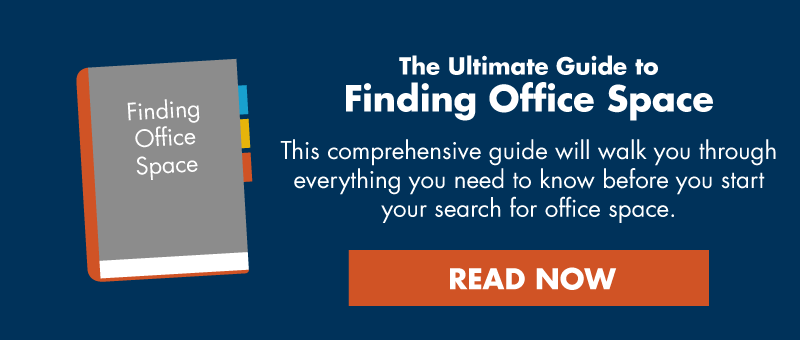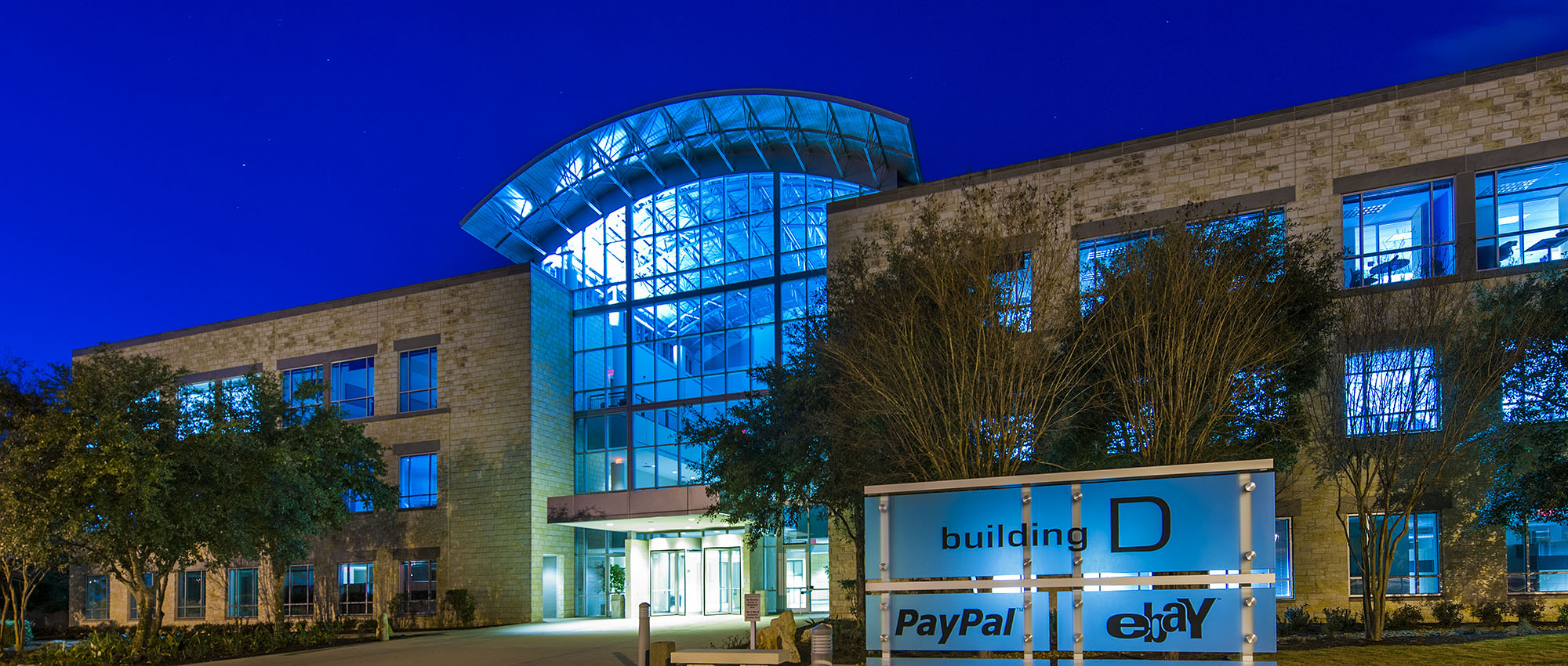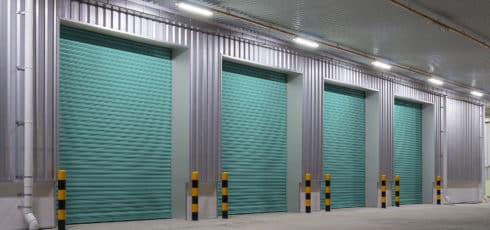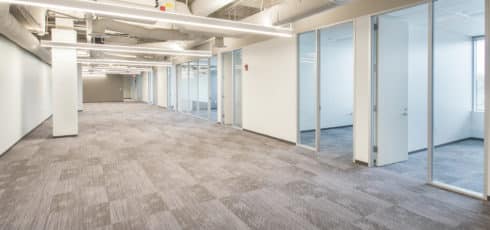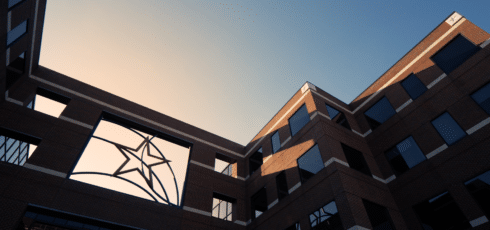We at AQUILA know that when beginning to look for office space, it can be hard to know exactly what you’re looking for. The different types of office properties and styles of office spaces can be difficult to compare and understand if you’re new to commercial real estate.
Luckily, there are industry standard classifications, which allow you to compare properties on an apples-to-apples basis.
Below you will find definitions and overviews of:
- Classifications of office buildings, including Class A, Class B, and Class C
- Types of office space, including Traditional Office, Creative Office, Co-working Space, Executive Suites, and Flex Space
Read Next: Shell Space, 2nd Generation & Spec Suites: Real Estate Definitions & Benefits of Each
Classifications of Office Space
When beginning the search for your office space, one of the first things you must decide is how much money you have to spend on real estate. This can impact the area in which your office is located, the age of the building, what kind of amenities the building offers, and, essentially, the class of building you can consider.
Office properties are typically divided into three main categories, Class A, Class B, and Class C. While there aren’t any all-encompassing rules to these classifications, they are typically based on quality factors such as building age, amenities, and aesthetics.
Class A Office Space
Class A space is comprised of the nicest space in the market.
Class A buildings are generally either new developments or properties that have had significant improvements and renovations in recent years. The building’s common areas will have high-quality finishes and amenities such as covered parking, fitness centers, leisure areas (putting greens, pool rooms, spa center), an on-site mailing office, restaurants, or cafeterias.
These buildings are also typically conveniently located, either in the epicenter of central business districts or along major streets, highways, or transit centers.
Downtown skyscrapers and prominent office campuses are typically Class A properties.
Some examples of Class A office buildings in Austin’s primary submarkets include:
- CBD: 210 West 7th, headquarters of The University of Texas System
- Northwest: 7700 Parmer, prominent tenants include eBay, Paypal, Google, EA, Fico, and Oracle
- Southwest: The Terrace, home to Drilling Info, Broadcom, Bowman and Brooke, and MedSpring
Because Class A space is the nicest space, it also commands the highest rents.
To learn what Class A rental rates are in Austin, read our article How Much Does it Cost to Lease Office Space in Austin, Texas?
Class B Office Space
As you may have guessed, Class B office buildings are going to be slightly lower than Class A in terms of quality. If you are a company that wants to office in a quality building but are unable or unwilling to pay high rental rates, then Class B offices may be a great alternative.
These buildings can be found in major commercial areas, but are more commonly found in the suburbs. Age is a common factor contributing to a building being considered Class B, as they are usually older than their Class A counterparts. Oftentimes, a Class B office building was originally Class A but has been downgraded due to age and deterioration.
These properties typically have good amenities, management companies, and tenants, and can even be brought up to Class A standards with common area renovations and amenity upgrades.
Rental rates for Class B buildings will typically be lower than Class A. The buildings themselves are usually considered average, and the rental rates they draw are average for their markets.
Examples of Class B office buildings in the Austin area are:
- CBD: 800 Brazos, while most properties in the CBD are considered Class A, there are a handful of towers that are actually Class B options.
- Northwest: 3305 Steck
- Southwest: Plaza 290
Class C Office Space
If you are a company that is looking for a functional space with below-market rates, or if you are a commercial real estate investor interested in purchasing a redevelopment opportunity, then Class C buildings may be an option.
Class C properties are typically very dated, with minimal amenities, and located in less desirable locations. These properties are sometimes slow to lease and occupied by tenants requiring value office space.
Class C offices can also appeal to small, start-up tenants as it allows them to allocate much of their financial resources towards growth while keeping a sufficient roof over their heads.
Examples of these types of office buildings in the Austin area are:
- Congress Square
- Vaughn Building at 807 Brazos Street
- 8100 Cameron Road
Types of Office Space
In addition to quality, office space can also be categorized into different types. Some of these types include:
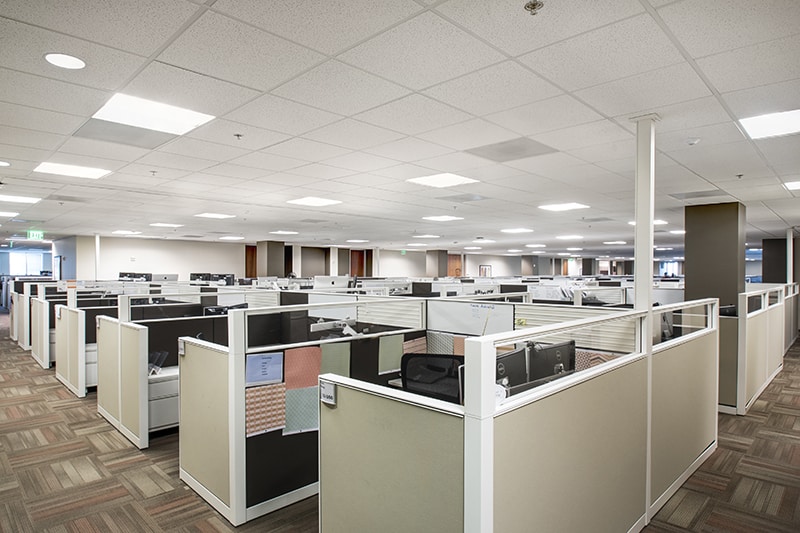
Cubicles and private offices are one of the key features of traditional office space.
Traditional Office Space
Traditional office space is the most conventional way of housing business. This kind of space will have all of the customary features that one might expect to find. Typical traditional spaces may include:
- Reception area
- Private office(s)
- Open area for cubicles
- Conference room(s)
- Break room and/or printer room
- Mailroom
In these types of offices, employees usually work in a cubicle or “bullpen” style area, and managers, principals, and executives will be in private, built-out offices.
This type of layout is often found in law firms, accounting firms, and professional services. Although, these firms may be trending away from the traditional layout.
Creative Office Space
Creative office space is a growing trend in office environments. Its key identifiers include:
- Open floorplans, with minimal private offices and no cubicles. Instead, the open areas are full of low-walled workspaces or desks.
- Design features often include aspects such as open ceilings with exposed ductwork or exposed concrete floors.
- Collaborative spaces, including conference rooms and group workstations throughout the office.
- Often, creative offices include amenities such as large kitchen and break rooms, game rooms, and even lounge areas. These areas are meant to encourage collaboration amongst employees and spark creativity.
Creative office space can be found in all three building classes. It isn’t uncommon to find one or two floors of a Class A building to be dedicated to open, creative environments. Also, many investment groups have snatched up affordable Class C buildings, renovated them, and churned out entire buildings of strictly creative offices.
Creative office spaces are for businesses of all shapes and sizes. With this office form becoming more mainstream, the style is not only appealing to tech and advertising companies, but is gaining popularity amongst large corporate companies, including real estate groups, law firms, and financial service providers.
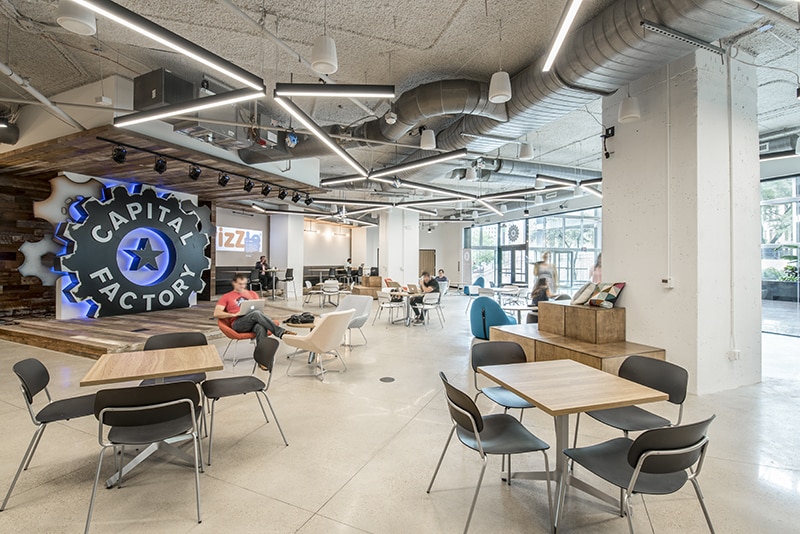
Capital Factory recently renovated its offices at Austin Centre to be on the cutting edge of co-working trends.
Co-working Space
Co-working office space is an office concept that offers rentable office space or desks for small startup companies and entrepreneurs, though many traditional businesses are getting in on the co-working trend as well. With self-employment on the rise (40 percent of the US workforce by 2020), many freelancers are looking for alternative options to accommodate their office space needs.
Read Now: Coworking in Austin, TX: Top Companies, Prices, and Trends, 3Q 2018 Eagle’s Nest
Co-working offices are taking the form of the new age officing experience. Open areas promote collaboration, social synergy, and detailed business interaction. Ideally, this form of officing would appeal to a person or entity that is unwilling or unable to pay the premium market rates for commercial space, does not have the flexibility to commit to a lease agreement, and or is looking for a space that is renewed on a month to month basis.
Co-working space offers a wide variety of benefits. Financially, you avoid the extreme upfront costs normally associated with lease agreements. Co-working space typically is rented out on a month-to-month basis, while some vendors offer week-to-week or day-to-day renting predicated on availability. Co-working space costs are all-inclusive, meaning utilities, common area maintenance (CAM) expenses, insurance, and other costs are worked into the agreement, so you don’t have to be burdened with the many intricacies of traditional commercial office leases.
In sum, co-working office space promotes a more relaxed office environment that is conducive for companies looking for flexible terms and collaborative, modern working environments.
WeWork and Capital Factory are two prime examples of co-working and incubator spaces available in Austin.
Executive Suites
Executive suites are the more traditional version of co-working spaces. Renting an executive suite allows you a lot of the same benefits of a co-working space, including smaller lease sizes in desirable areas and term flexibility.
These were the original alternative to working from home or working from a coffee shop. Often leased by small law firms and other professional service firms or remote sales teams, an executive suite lends a small business the authority of a professional office space as well as the benefits included in such a space, including:
- A receptionist or call system to manage incoming phone calls
- Conference rooms in order to meet with clients or team members
- A business mailing address for mail delivery
- Printers and photocopy machines
- Private office(s)
A couple of notable examples of executive suites in Austin include Regus and Intelligent Office.
Flex Space
Flex space is a type of office in which a tenant who occupies industrial space also has office space built out within the building. This kind of space is for tenants who need to have both the front and back end of their business under one roof, from warehouse and/or distribution to sales, accounting, and management.
Flex buildings allow you to build out the style of office space that you mainly need, be it traditional office space, creative space, or even a high-end showroom space. Having the administrative portion of business close to central operations has its benefits, as executives and managers can oversee day-to-day operations of manufacturing, handling, shipping, and research and development. Flex space also holds a financial advantage by consolidating real estate expenses.
Traditional industrial space will utilize about 95% of the square footage for central business operations, while the remaining 5% is built out for small office space or a reception area. In flex space, this ratio tends to range between 70% to 75% industrial space to 25% to 30% office space.
Examples of flex space in Austin include:
What’s Next?
Hiring a tenant representation broker can help you define what type of office space is right for your company. Learn more about how hiring a tenant rep can help you in your search for office space in our article 7 Benefits of Hiring a Tenant Representation Broker.
Or, continue reading to learn more about finding the right office space for you. Here are some recommended articles to continue learning:
- The Ultimate Guide to Finding Office Space
- How Much Does It Cost to Lease Office Space in Austin, Texas?
- What is a Tenant Representation Broker & What Do They Do?
- How Much Does It Cost to Use a Tenant Representation Broker? (Fees/Process/Benefits)
